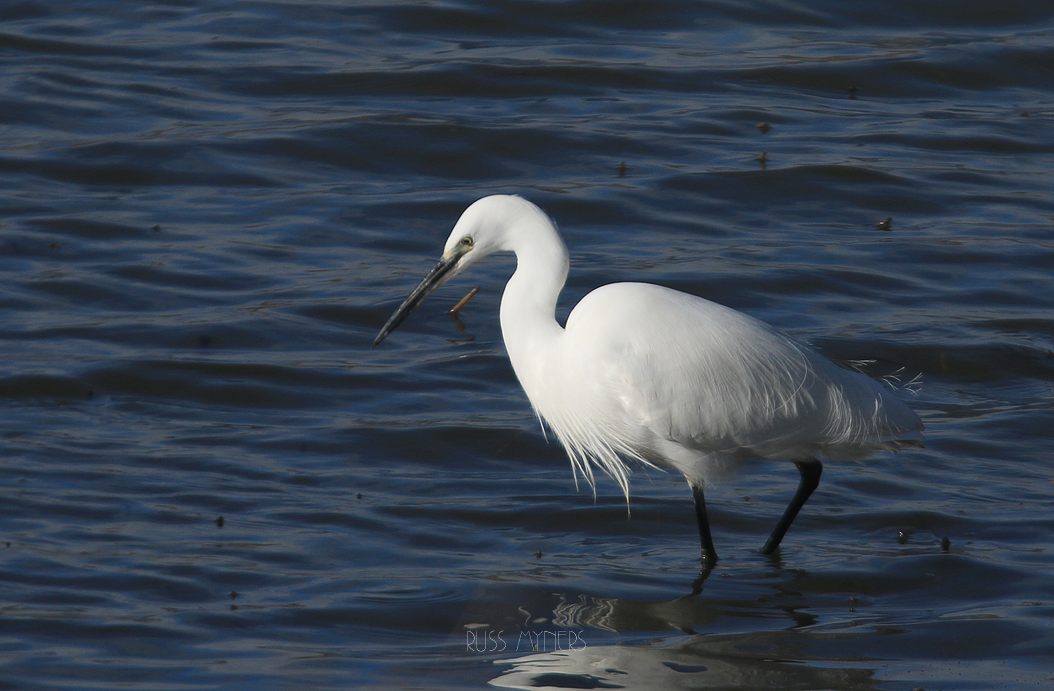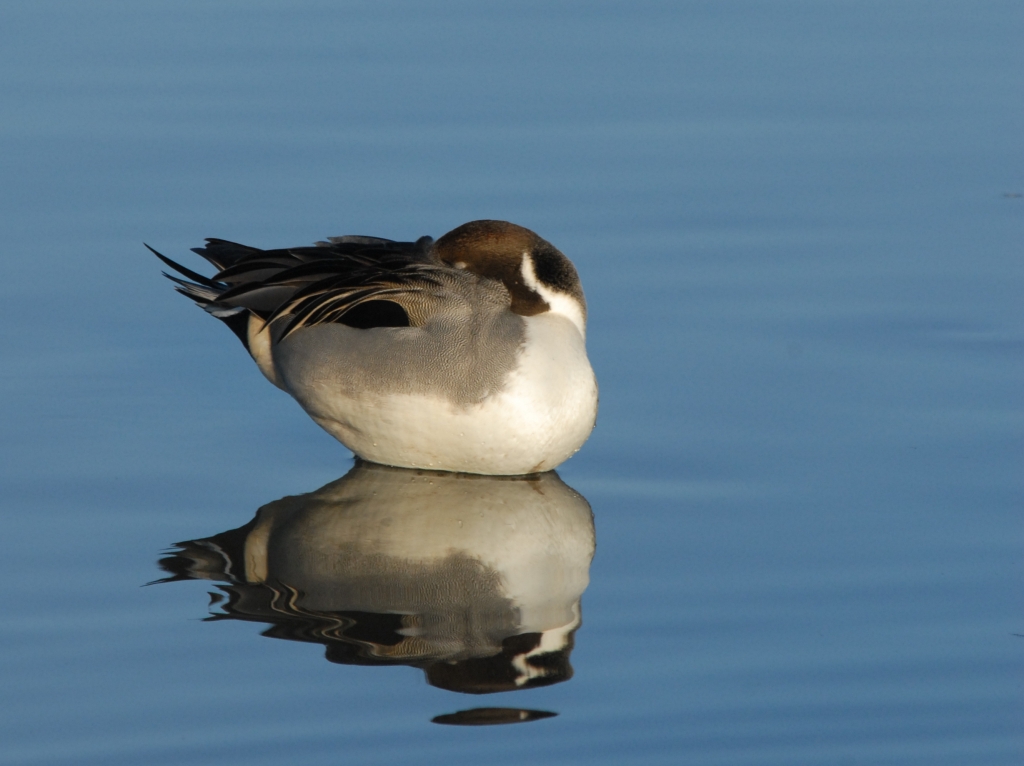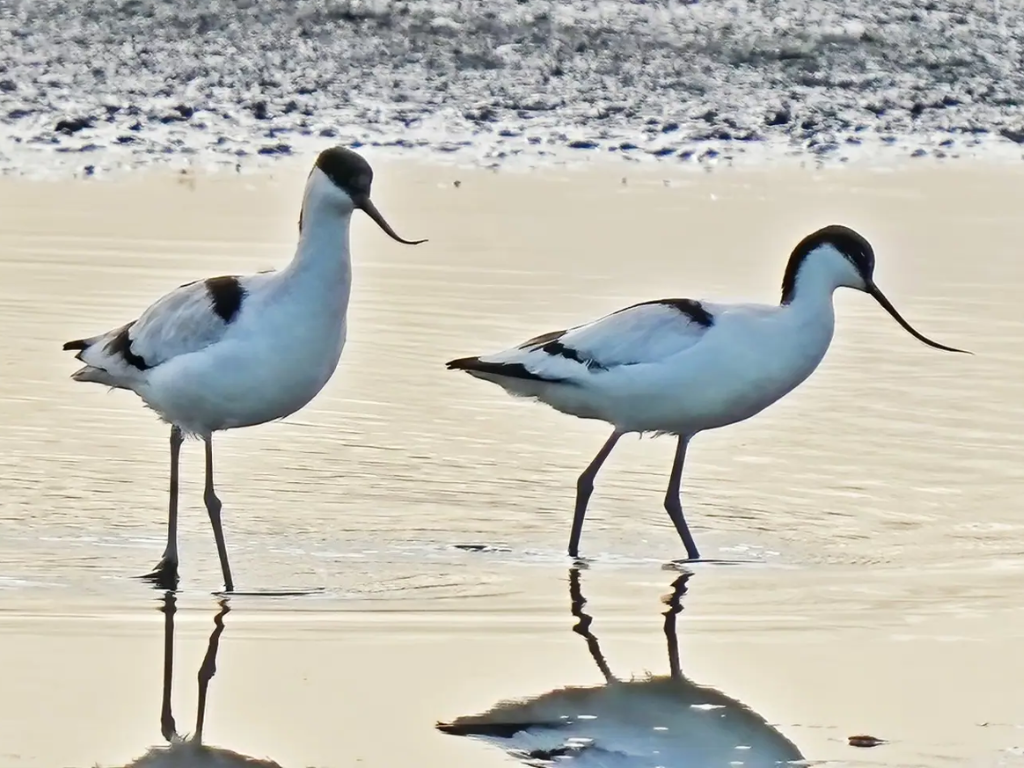Recent Sightings (14th-17th)
British Steel Hide
A large high tide coincided with a WeBS count on the 16th. However, wader numbers on the saline lagoons were surprisingly low with counts of 3 Black-tailed Godwits, 6 Whimbrel, 11 Curlew, an Oystercatcher (on the lagoons), 265 Redshank and 6 Greenshank. Wildfowl counts included 3 Mute Swans, 20 Greylag Geese, 2 Canada Geese, 46 Shelduck, 9 Wigeon, 23 Gadwall, 21 Teal, 3 Mallard, 3 Pintail and 2 Shoveler. 3 Spoonbills have been present up to the 17th. Usually seen roosting on the saltmarsh around the lagoons. 3 Avocets were on the saline lagoons on the 15th but later moved onto the freshwater lagoon where they were still present on the 16th.
Millennium Wetlands
The low wader numbers on the saline lagoons were explained by the fact that 826 Black-tailed Godwits, 35 Knot and 7 Redshank were roosting on the Deep Water Lake. Wildfowl counts from the reserve included 4 Little Grebes, 2 Mute Swans, 6 Greylag Geese, 3 Canada Geese, 9 Shelduck, 35 Gadwall, 8 Teal, 13 Mallard, 25 Pochard, 36 Tufted Ducks, 9 Moorhens and a Coot. It's still a bit slow on the migrant front with very few hirundines making themselves known, only a handful of Swallows have been seen over the reedbeds. Our first singing Sedge Warblers arrived on the 16th, with at least four singing males by the afternoon, mainly around the Welsh Water Hide area. Reed Warblers (3), Blackcaps (15), Willow Warblers (3) and Chiffchaffs (10) are still singing, hopefully it won't be too long until we start to hear the first singing Grasshopper Warblers, Whitethroats and Lesser Whitethroats. Our Black-headed Gull colonies are now in full swing with 1182 individuals counted from the British Steel Hide, Freshwater Lagoon and Deep Water Lake. Up to 5 Mediterranean Gulls have been seen on the Deep Water Lake as well.



